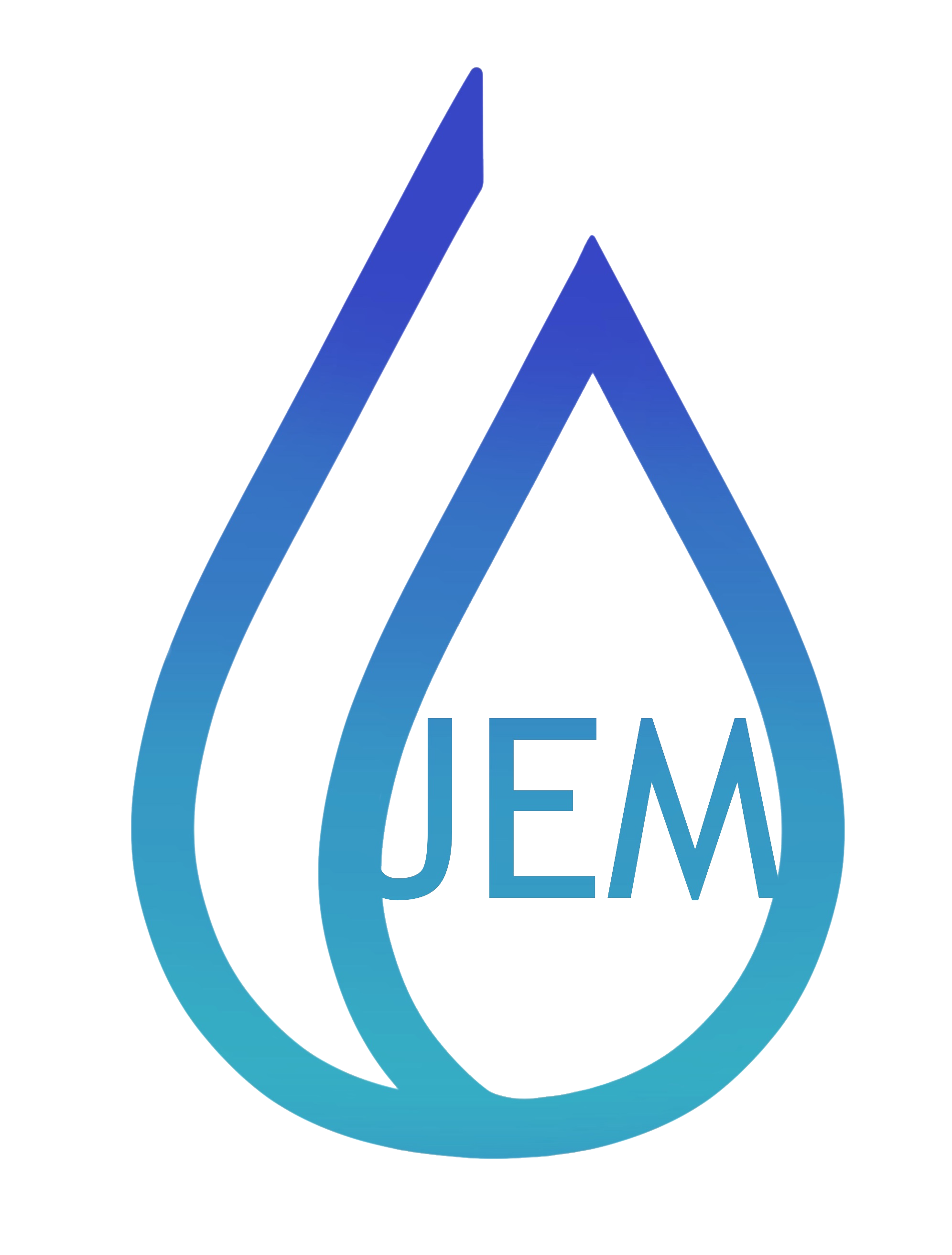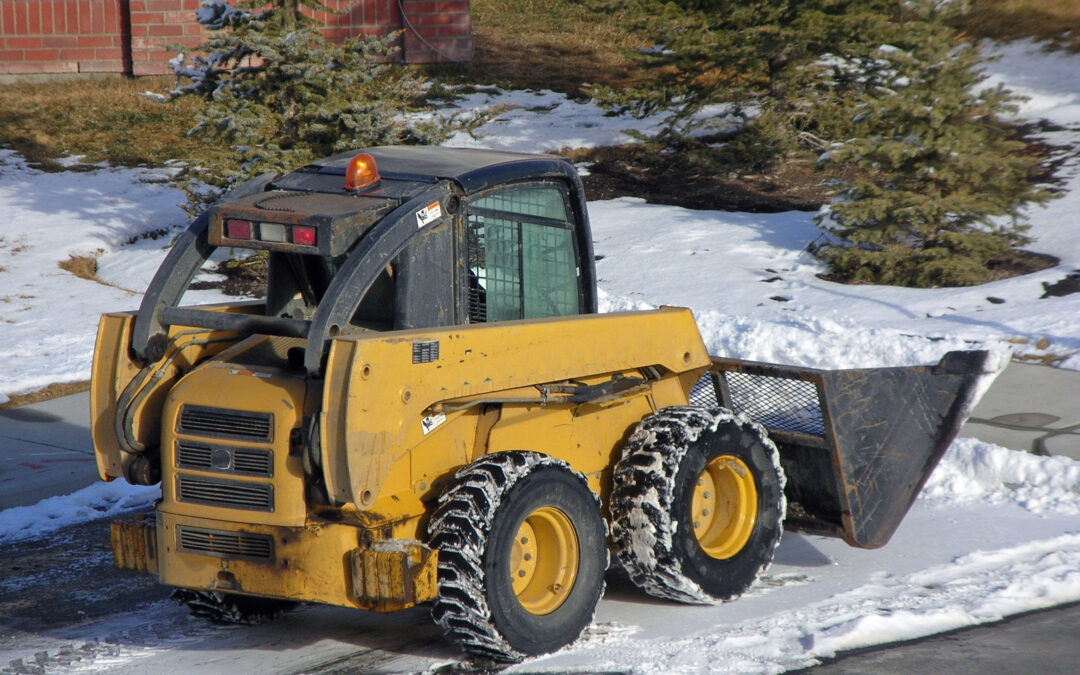Snow and ice pose potential hazards for both employees and equipment, making it crucial to prioritize safety measures when clearing snow from industrial areas. It is vital to establish guidelines and procedures for snowplow operators. Prioritizing snowplow safety is essential for industrial facilities to ensure the well-being of employees and maintain uninterrupted operations during winter months.
Discussion Points:
- Develop a snow removal and snowplow plan;
- Establish guidelines and procedures for snowplow operators;
- Safety measures for snowplow operations;
- Inspections and maintenance;
- Communication, training, and PPE.
Discussion:
A comprehensive snow removal and snowplow plan should outline designated routes and areas to avoid during snow removal operations. Having designated areas for snow storage or disposal can prevent hazards caused by snow accumulation in unsuitable locations. Employers can minimize risks associated with snowplow operations by adhering to pre-established guidelines. Work areas should be well-lit to reduce potential hazards caused by reduced visibility due to snowfall or darkness during early mornings or late evenings. Marked walkways, snow-free entrances, and warning signs can prevent accidents and ensure safe movement within the facility.
Communication is essential to maintain safety on industrial sites during snowplowing. Regular communication between snowplow operators, site managers, and other employees can help identify potential hazards. The use of two-way radios or hands-free communication devices can facilitate communication, ensuring that everyone is aware of the ongoing snow removal.
Before snowplow operations begin, it is essential to inspect the equipment thoroughly. Snowplows should be well-maintained and regularly serviced to ensure optimal working conditions. Brake systems, hydraulic systems, and other mechanical components should be checked to avoid unexpected failures during snow-clearing operations. Regular maintenance schedules and inspections ensure the proper functioning of lights, wipers, and other safety features to enhance overall safety during operation.
Training programs equip snowplow operators with the necessary skills and knowledge to perform their jobs safely and effectively. Employees should be educated about the hazards associated with snowplow operations and instructed to maintain a safe distance from the equipment during operation. Understanding how to operate these heavy machines, including controls, proper speed management, and the appropriate placement of plowed snow, can prevent accidents and property damage. Ongoing training programs and certifications should be mandatory for all snowplow operators.
All individuals involved in snow removal should be equipped with appropriate personal protective equipment, including high-visibility clothing, gloves, and slip-resistant footwear. PPE helps ensure workers’ safety by reducing the risk of falling or getting hit by moving snow removal equipment. Wearing appropriate clothing when working in cold environments prevents cold stress.
These safety measures can be employed to manage winter weather efficiently and safely.
As always, stay safe out there!


Recent Comments